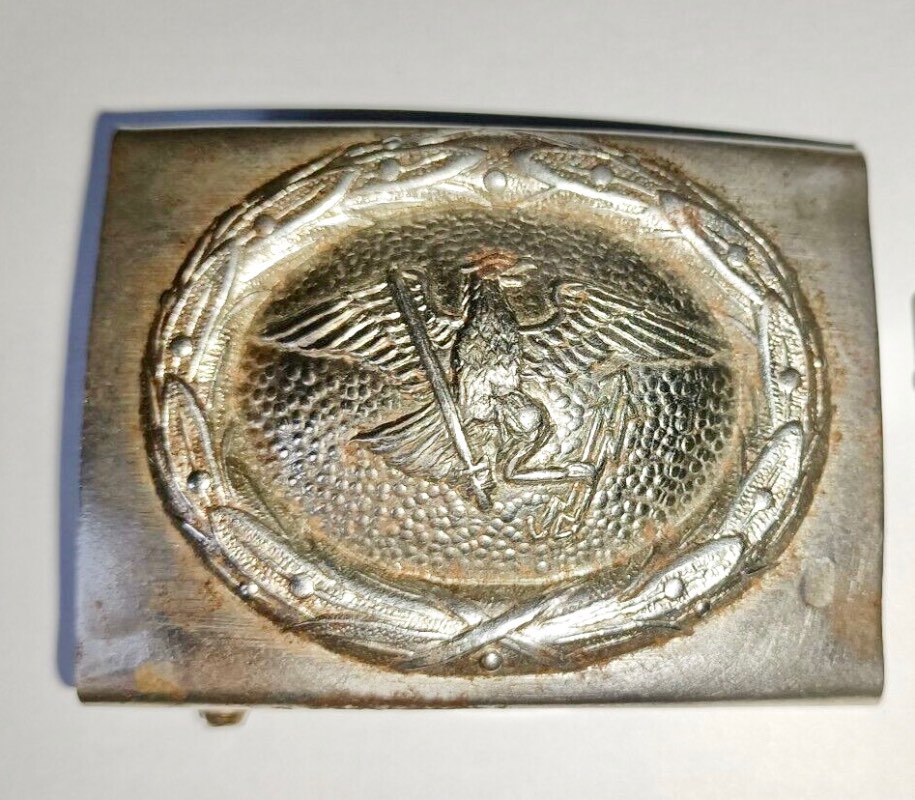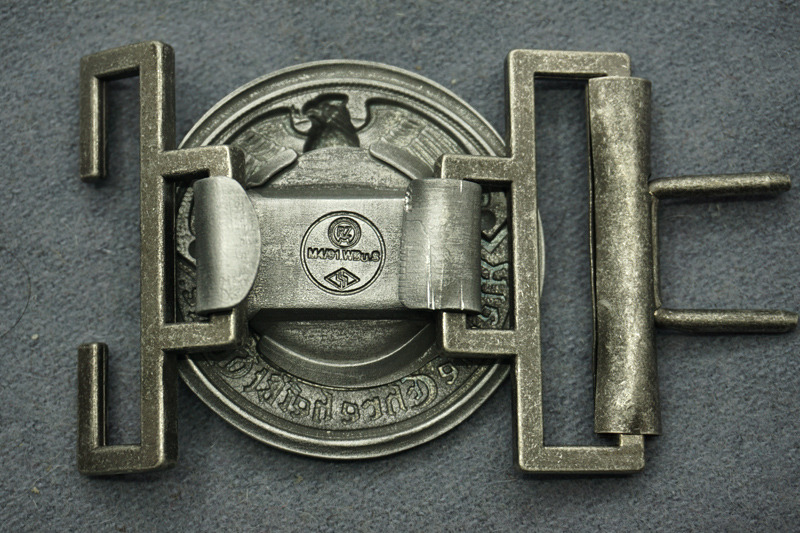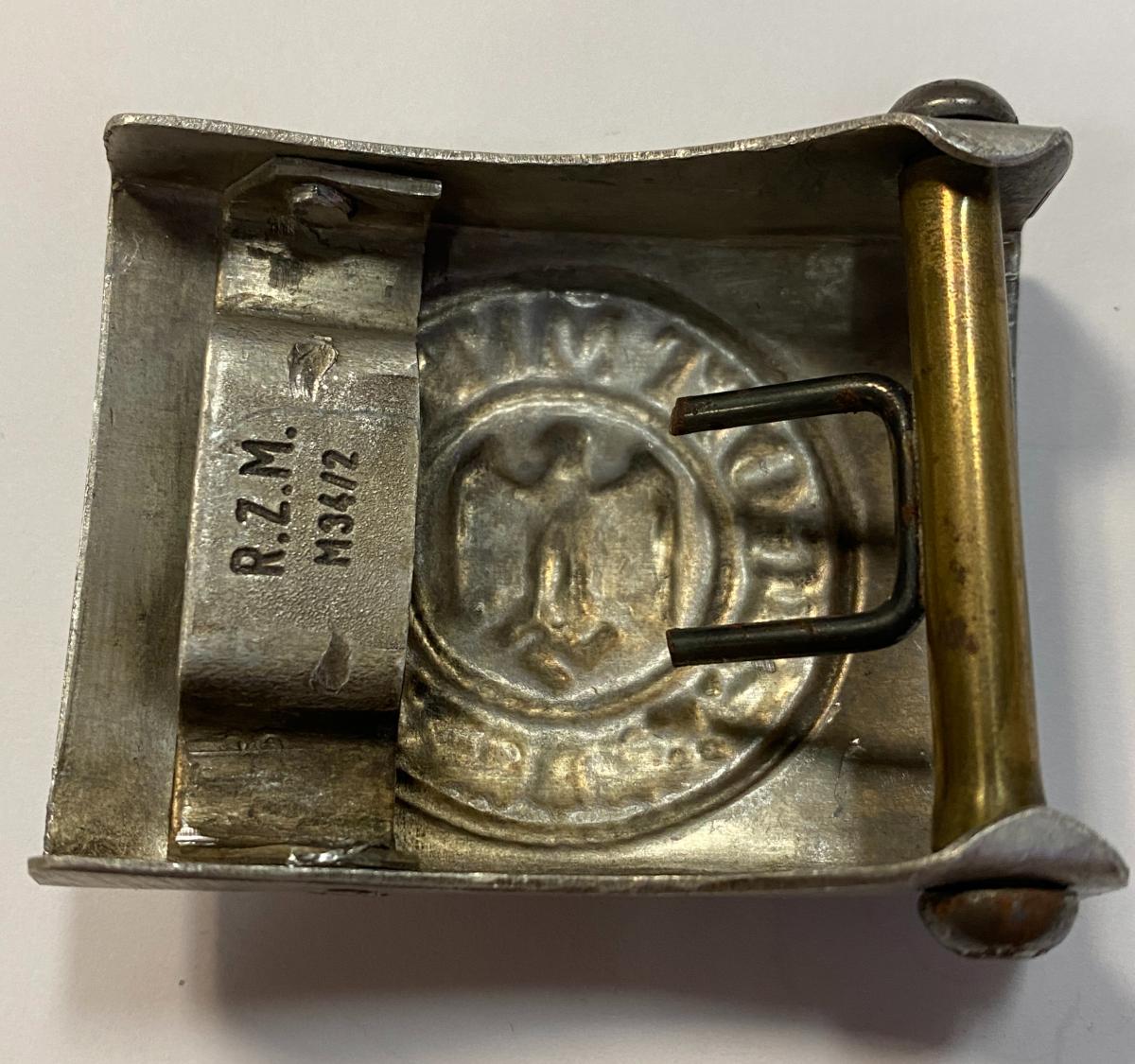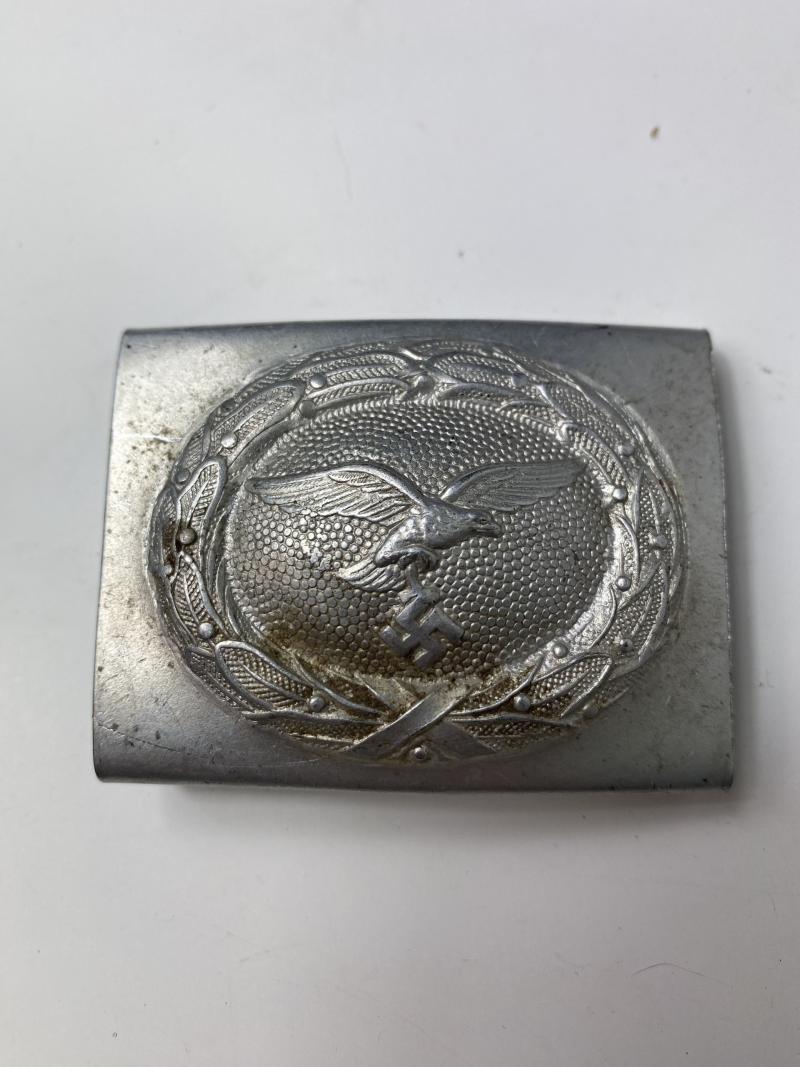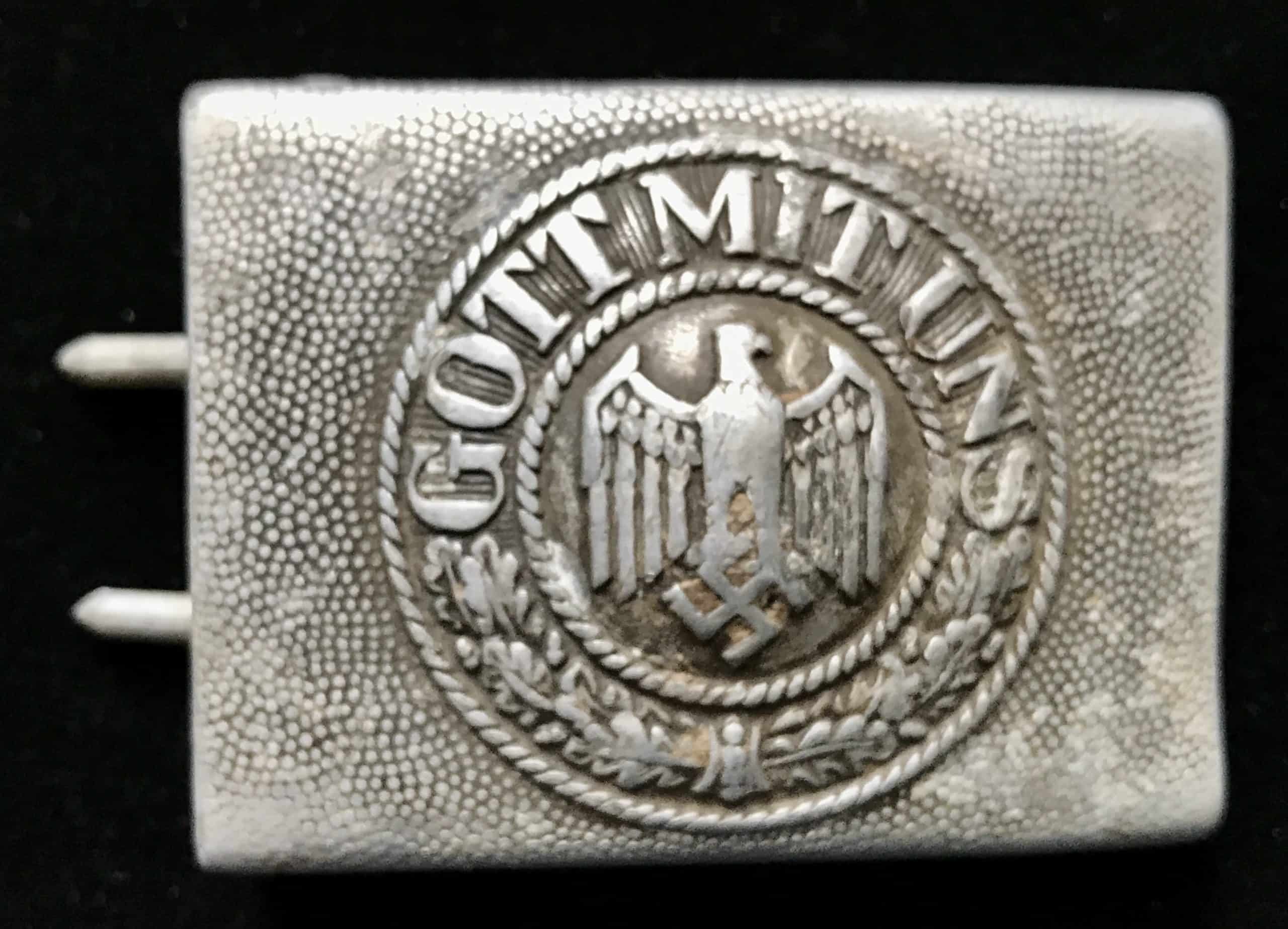So, you think you’ve stumbled upon a real piece of history? A WWII German belt buckle, perhaps? Cool! But hold your horses, Indiana Jones. Not every shiny piece of metal with an eagle on it is the real McCoy.
Let's be honest, some of these fakes are so good, they could fool your Oma. I'm not saying they're all masterpieces, though.
First Impressions: Does it "Feel" Right?
This is where your gut comes in. Trust it! Does it feel flimsy and light? A genuine buckle should have some heft. It was built to last, unlike that cheap phone charger you bought last week.
And speaking of feeling, run your fingers over the details. Sharp edges? Poor casting? Authentic buckles were generally well-made. Think about it. The Reich wanted soldiers looking sharp, not snagging their uniforms.
The Devil is in the Details (and the Eagle's Feathers)
Now, grab your magnifying glass (or your reading glasses if you're like me). Let's scrutinize that eagle. Are the details crisp and well-defined? Or does it look like the eagle had a bad hair day?
Look closely at the eagle's claws. Are they holding a wreath with a swastika? This is pretty standard, but look at how the swastika is rendered. Is it clean? Is it symmetrical? Are the feathers defined? Check the quality of the detail!
Also, what's the eagle standing on? A mound? A gear? If it's perched on a rubber chicken, you definitely have a problem.
The Markings: Secret Codes or Just Gobbledygook?
Many original buckles will have markings. These could be manufacturer codes, dates, or other identifying marks. But a marking doesn't guarantee authenticity.
Check out the font. Does it look right for the era? Modern fonts on a "vintage" buckle are a big red flag. And for goodness sake, check for spelling errors!
Beware of the "Shiny" Trap
Okay, unpopular opinion time: A super shiny, pristine buckle is often a fake. I know, I know, everyone wants a museum-quality piece. But most of these buckles saw action, or at least sat in a dusty warehouse for decades.
A little wear and tear can actually be a good sign! It tells a story. Unless, of course, it looks like someone took a belt sander to it. Then, avoid!
Magnet Test: Does it Stick?
This is a simple one, but it can be helpful. Original buckles were typically made of steel or other ferrous metals. A magnet should stick.
If your buckle is made of pot metal or aluminum, the magnet test will let you know immediately. However, don't rely on this alone, as some fakes use magnetic materials.
When in Doubt, Ask an Expert (and Bring Your Wallet)
Still unsure? Consult an expert. There are plenty of knowledgeable collectors and dealers who can help you authenticate your buckle. But be prepared to pay for their expertise.
Ultimately, buying militaria is a gamble. Do your research, trust your gut, and don't be afraid to walk away. And remember, sometimes the best stories are the ones where you didn't get ripped off.
Happy hunting (and may the odds be ever in your favor)! Just don't come crying to me if you end up with a buckle made in China.



